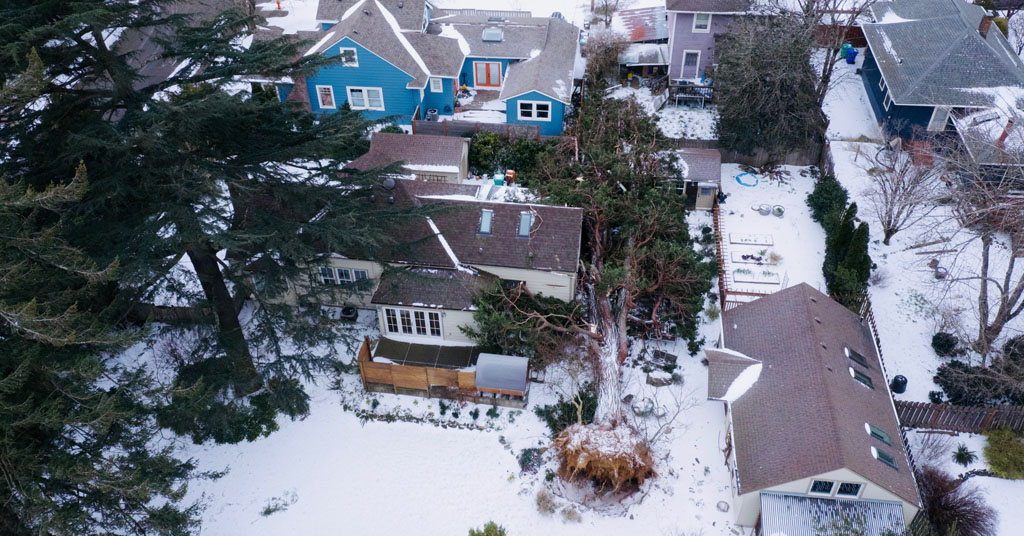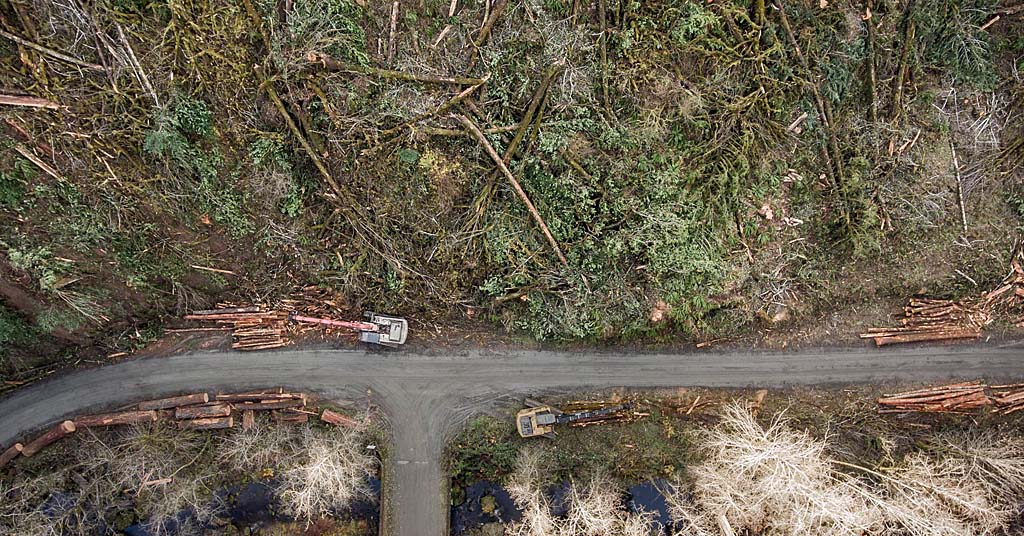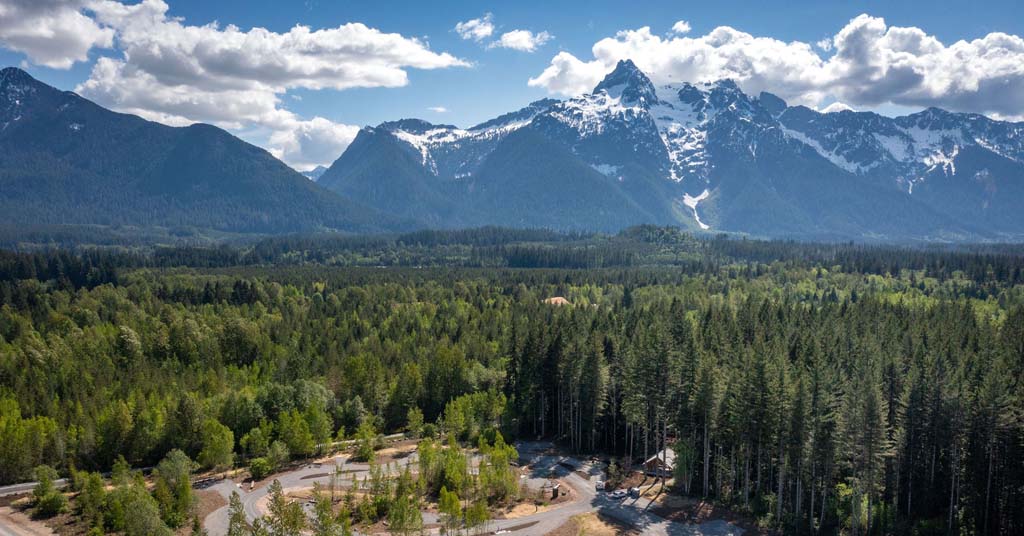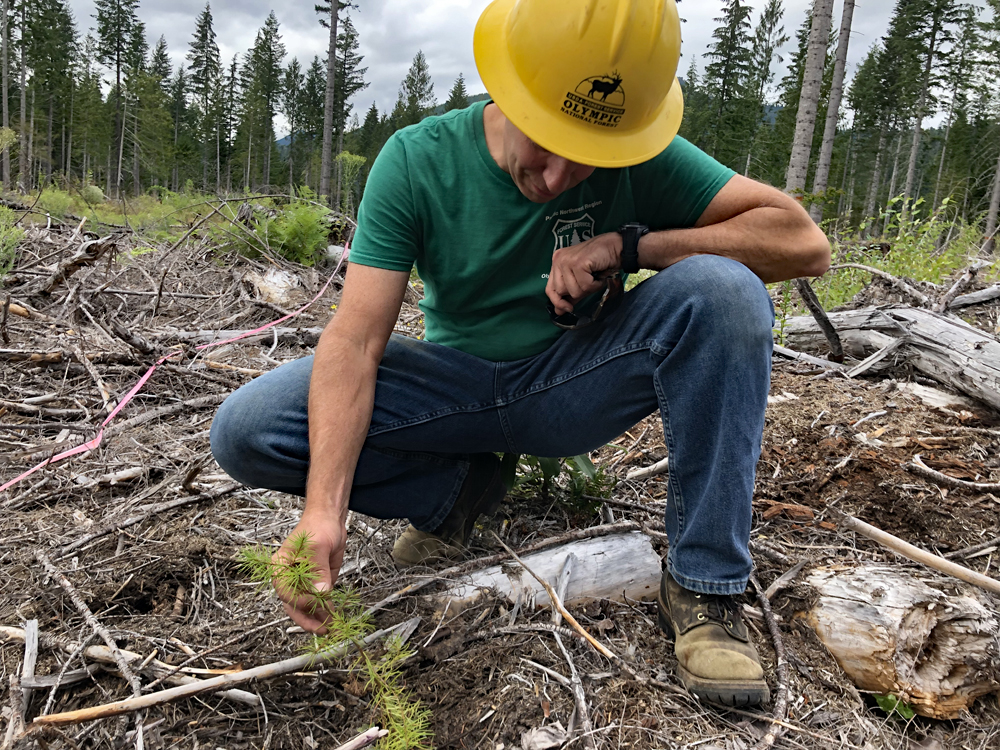Study says the massive trees are dwindling as a result of increasingly hotter, dryer conditions
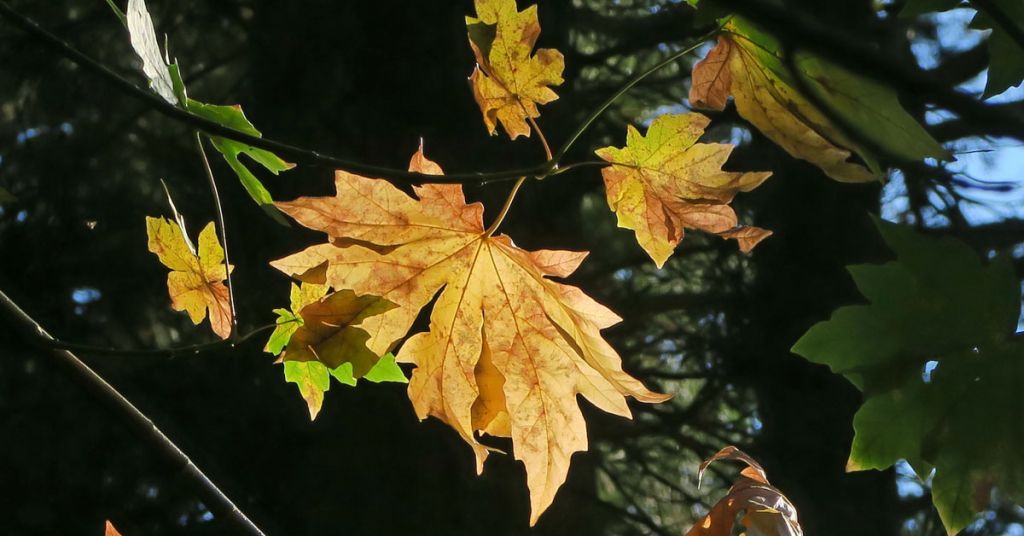
Fade away: An iconic species isn’t faring well. Photo: John Rusk/CC
By Jordan Rane, November 2, 2021. Bigleaf maple trees are sick, and they have been for years.
Washington’s largest broadleaf trees—they can grow to 100 feet with foot-wide leaves—are becoming growth-stunted and dying in increasing numbers. The damage runs from British Columbia to California.
The issue was detected a decade ago by Washington state foresters who first noticed a proliferation of unhealthy foliage, or none it all, amid a widening swell of sickly or dying bigleafs.
For years, scientists were stumped as to why this was happening.
Healthy bigleafs support the growth of mosses and low-lying flora like licorice ferns.
A long, arduous study has since ruled out all the usual threats that target specific tree species—bugs, fungus, pathogens, various diseases.
The cause in this case, scientists now believe, is purely climate stress.
“The overarching thing is probably just the changing climate—with hotter, dryer conditions and more frequent droughts in the summertime,” U.S. Forest Service researcher Jacob Betzen told the Idaho Statesman. “Some of these trees next to freeways had been doing fine for the last 50 years, but now they’re starting to die.”
An ecological world
Betzen began his fieldwork as a University of Washington graduate student of Environmental and Forest Sciences, teaming up with Patrick Tobin, an entomology professor in the field of disturbance ecology. The two lead researchers studied urban and forest bigleaf maple trees statewide to search for hidden ailments.
“Years of reduced growth were highly correlated with drought conditions and also heat conditions,” Tobin told the Idaho Statesman, adding that these increasingly long and intense weather patterns, along with urbanization and forest reduction, aren’t just stunting normal growth of bigleaf maples but leading to tree sickness, death and overall decline.
MORE: 3 ways to restore ecosystems with native plants
Aside from their natural beauty, healthy bigleafs comprise an ecological world unto themselves, supporting the growth of mosses and low-lying flora like licorice ferns.
Numerous animal species rely on the giant trees for homes, food and shade.
Columbia Insight contributing editor Jordan Rane is an award-winning journalist whose work has appeared in CNN.com, Outside, Men’s Journal and the Los Angeles Times.




